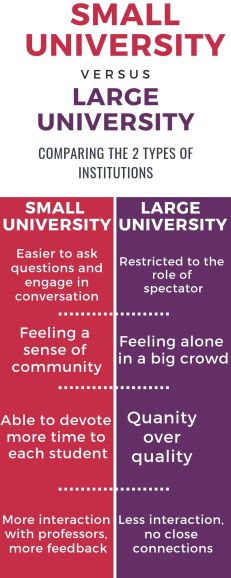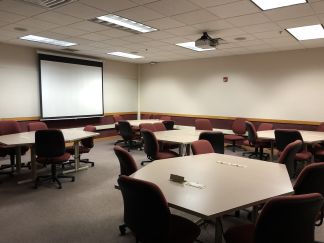Transferring from a large university to a small university may seem like a challenge. However, transfer students who came to Cabrini don’t find it to be much of a struggle.

Sophomore exercise science major Matthew Mayer transferred from Alvernia. Mayer chose Cabrini because he already had some friends that went here.
“I didn’t have a hard time fitting in at Cabrini because of the friends I have here already, but as a transfer student it can be difficult to find people with common interest so it helps to find ways on how to get connected with students on campus,” Mayer said.
According to U.S. News, Cabrini has 1,709 undergraduate students while Alvernia has 2,196 undergrads. Also noted is that Cabrini has an 11:1 student-faculty ratio compared to Alvernia with 13:1.
Even though the schools are somewhat similar in size, Mayer admits that it could be hard transferring in, but found the process at Cabrini to be extremely nice and welcoming due to the incredible staff.
There are multiple advantages to attending a smaller university. According to Top 10 Online Colleges, a smaller university is the way to go, “bigger is not always better.”
Other sources, such as U.S. News, have the same consensus, adding on the fact that you won’t have to deal with long lines and “sprinting between innumerable offices to try and get your simplest questions answered.”
Sophomore early education major Victoria Zielke transferred from Penn State Altoona, a school with 3,374 undergraduates. She transferred to Cabrini because of their education program, the lovely campus and to play for coach Neary on the lacrosse team.
“It was not hard fitting in after meeting the lacrosse team,” Zielke said. “Playing a sport definitely helps if you are a transfer student because you get introduced to a group of students right away and you are immediately part of a team.”
Despite having the upper hand when transferring, Zielke believes that Cabrini made it easy for her to transfer.

“The email communications were very fast and easy to understand. Nothing was difficult,” she said. “I definitely love the smaller campus setting after being exposed to a large one.”
Zielke also wanted to be closer to home, which seems to be a common trend for transfer students, according to Assistant Director of Transfer Admissions Justin Sillner.
Sillner admits that all transfer students are different and come from different backgrounds, but they are all looking for something in particular.
“Transfer students are prepared,” Sillner said. “They’ve been through this before. They know what they want and that makes them easy to work with.”
Sillner has noticed that transfer students that come from a larger university come to Cabrini because they want that smaller setting.

“They think they know what they want when they go to a big school, but they find that they don’t know people at school. They can’t put a face to a name. They don’t have relationships with professors,” Sillner said.
Even though Cabrini is very helpful to transfer students, one thing Sillner hopes for in the future is to have a “support system” for transfer students so they can bond with other transfer students and hopefully make the transferring process easier on them.
Fremont College has found that smaller class sizes are better because work is adjusted to fit the classroom, assignments are more hands-on, and there’s more of a chance to get to know your classmates.
According to Fremont College, “It has been proven that students learn faster and perform better in smaller classes. A class size of fewer than 20 students often results in more individual attention, increased participation and better communication between the instructor and students.”


